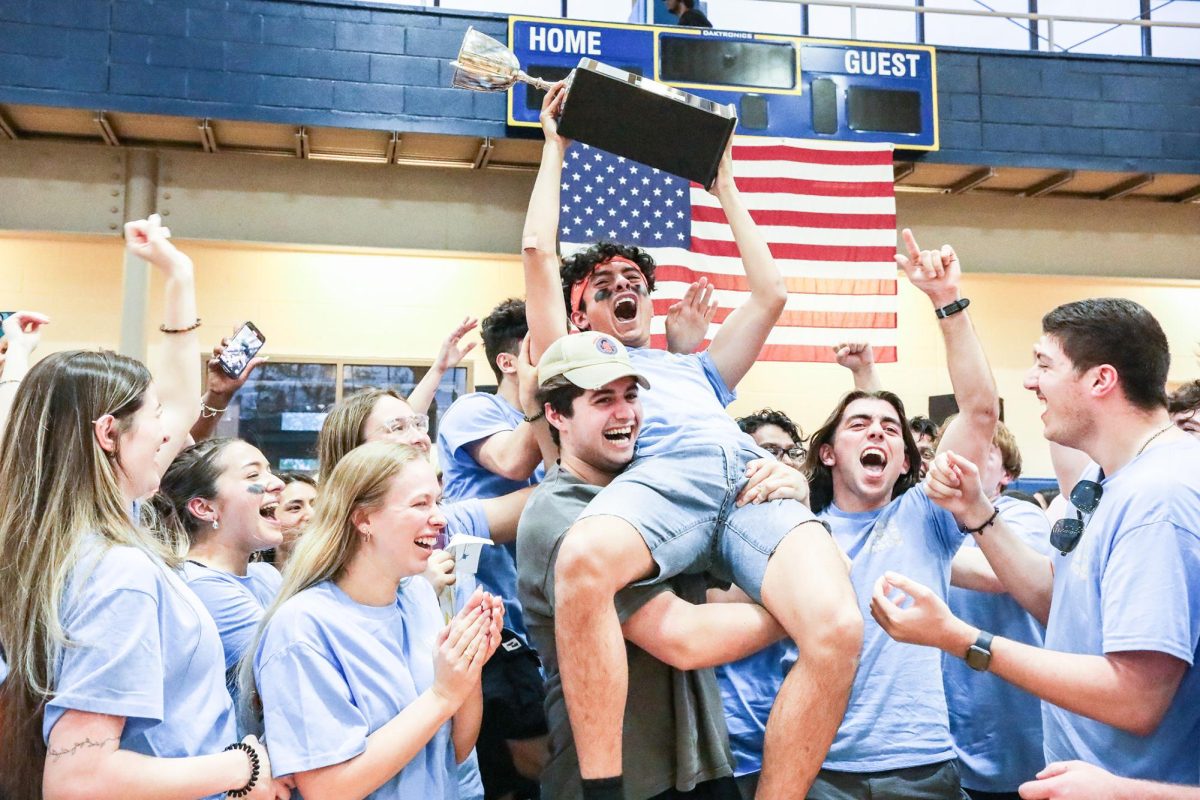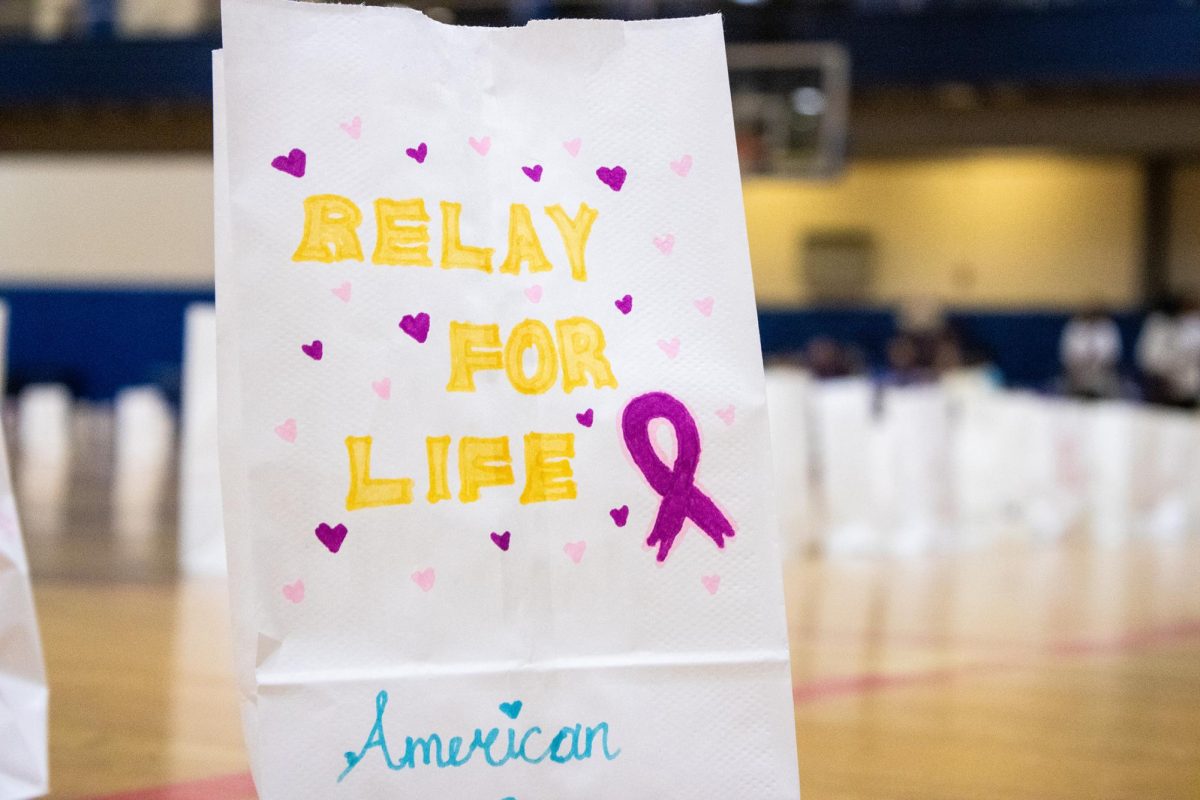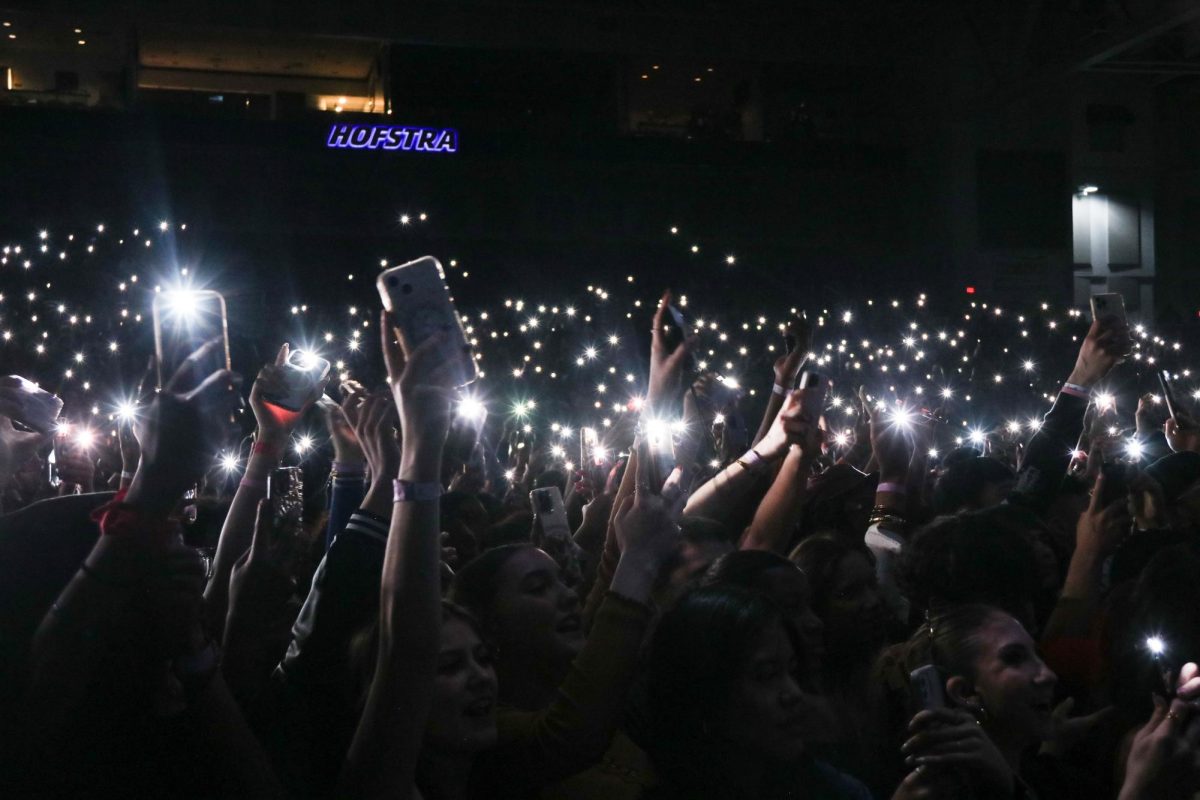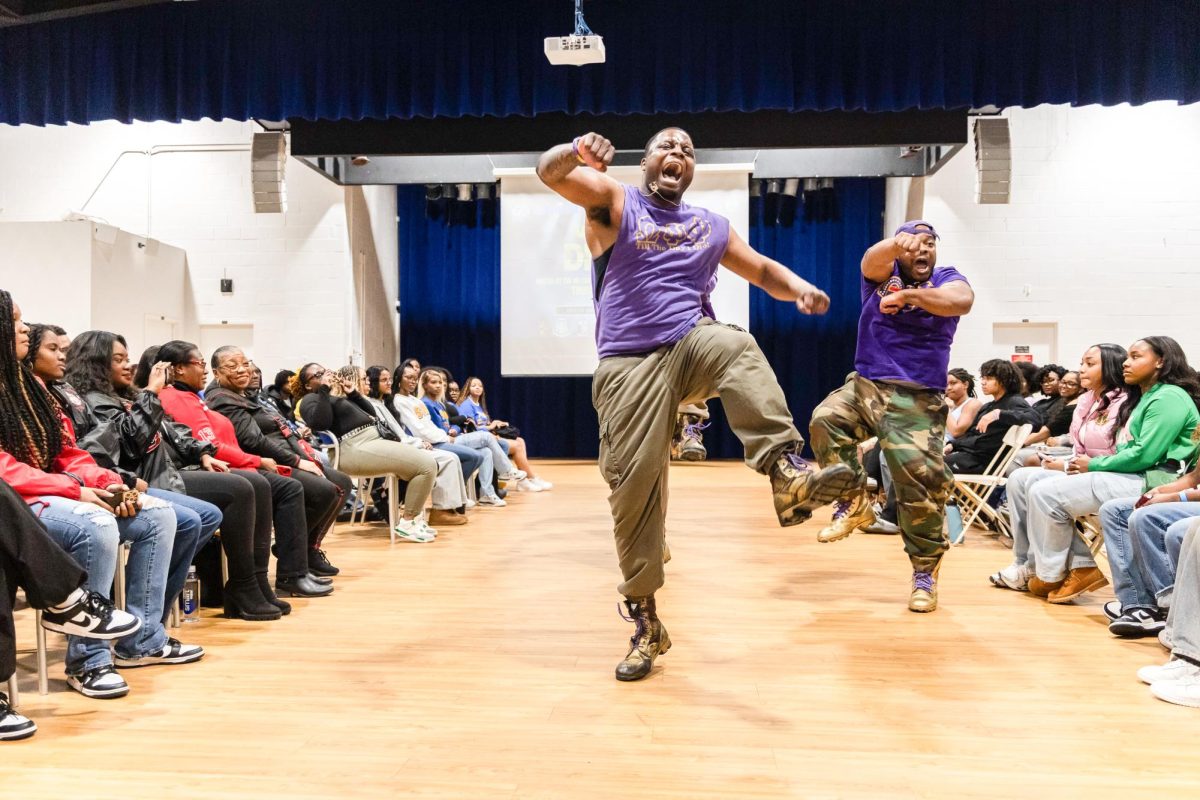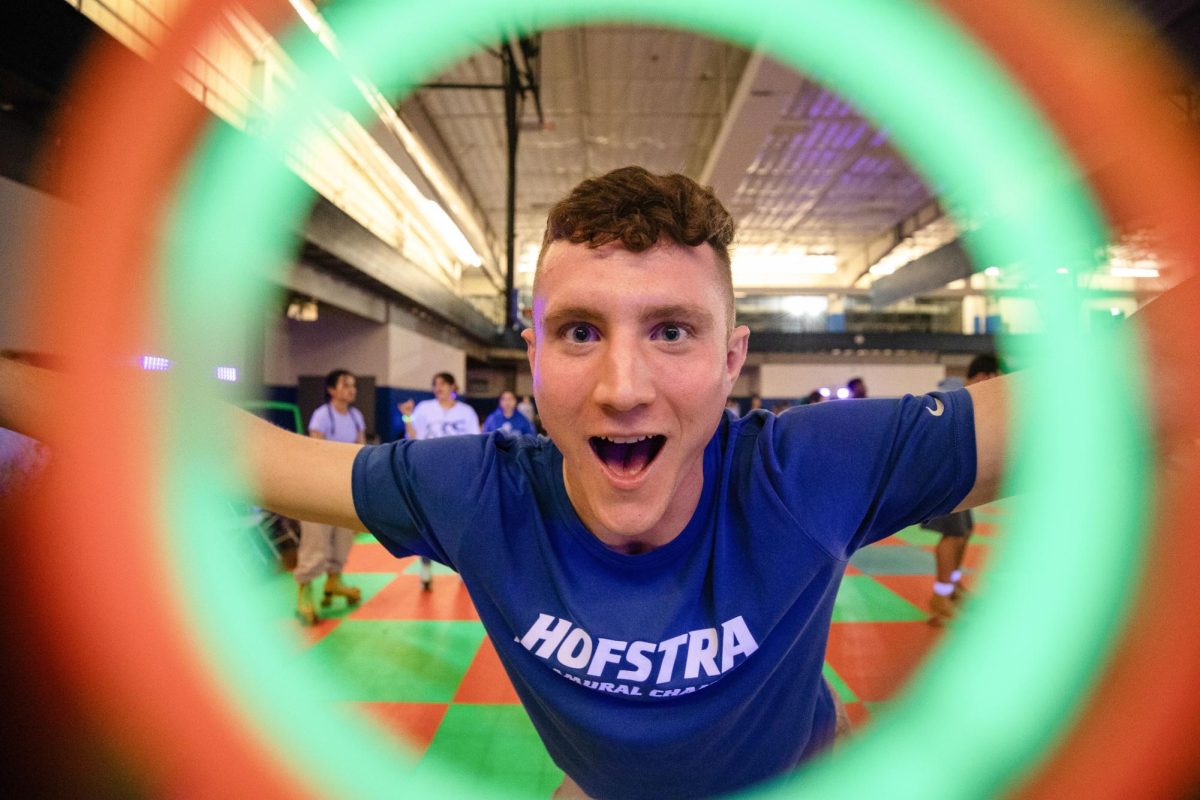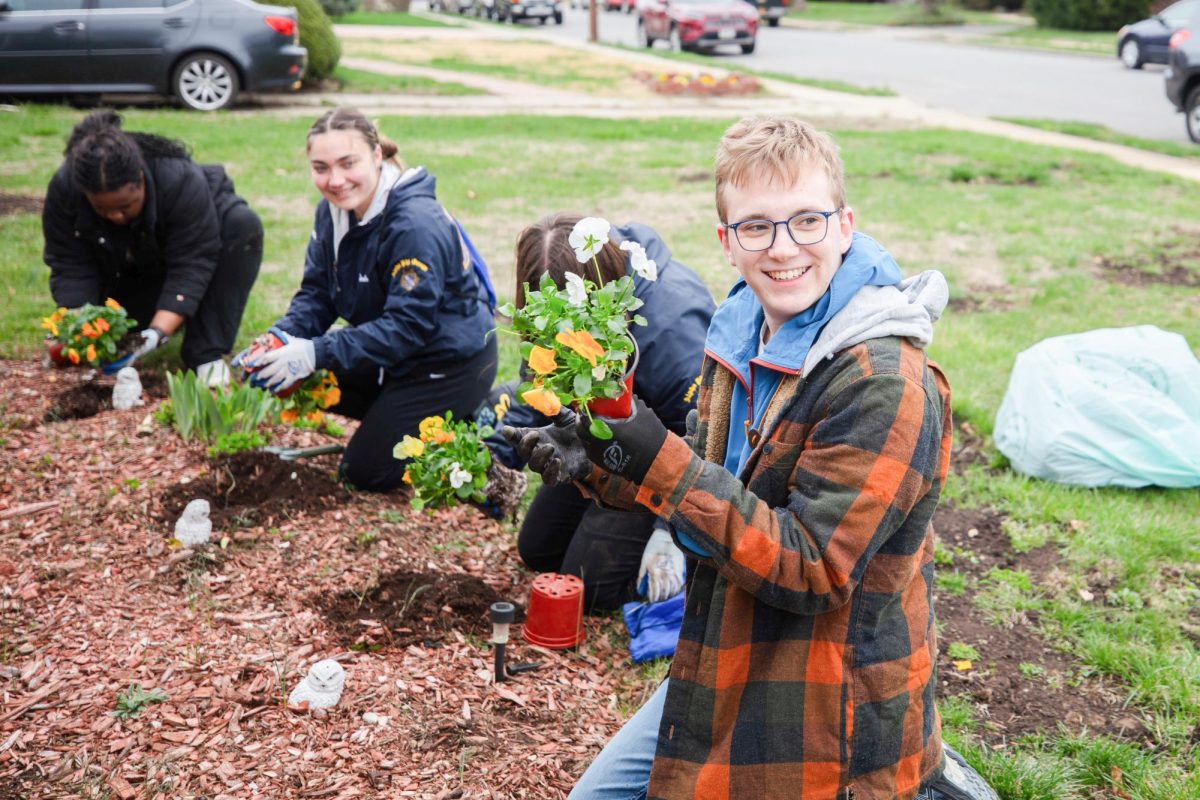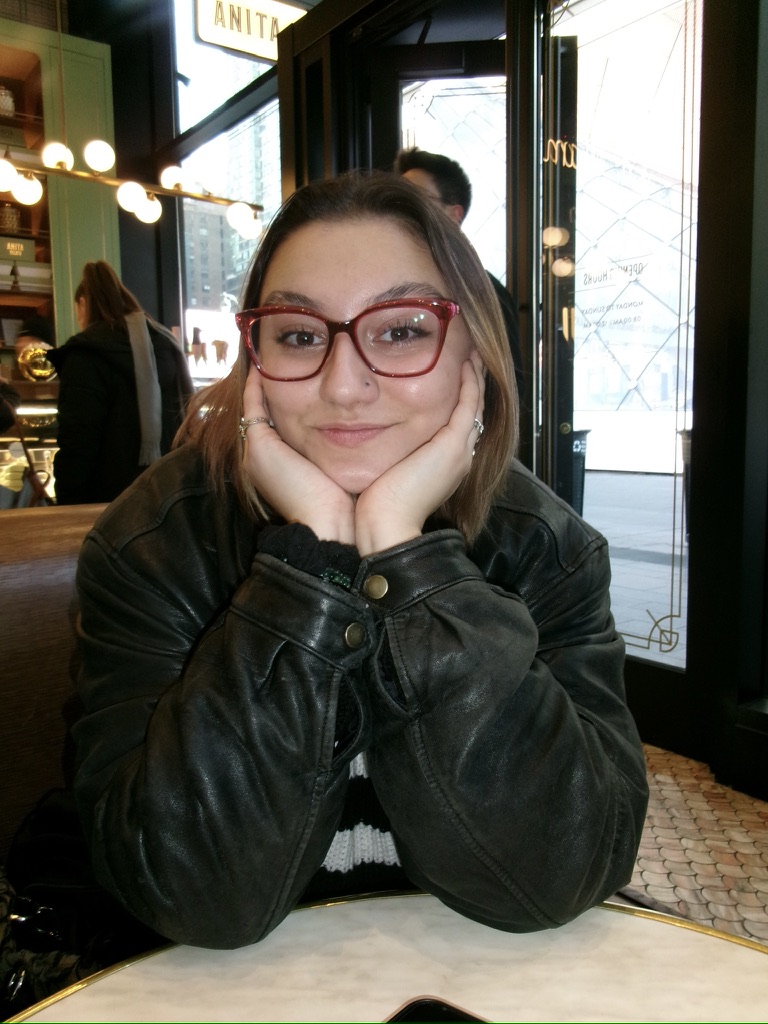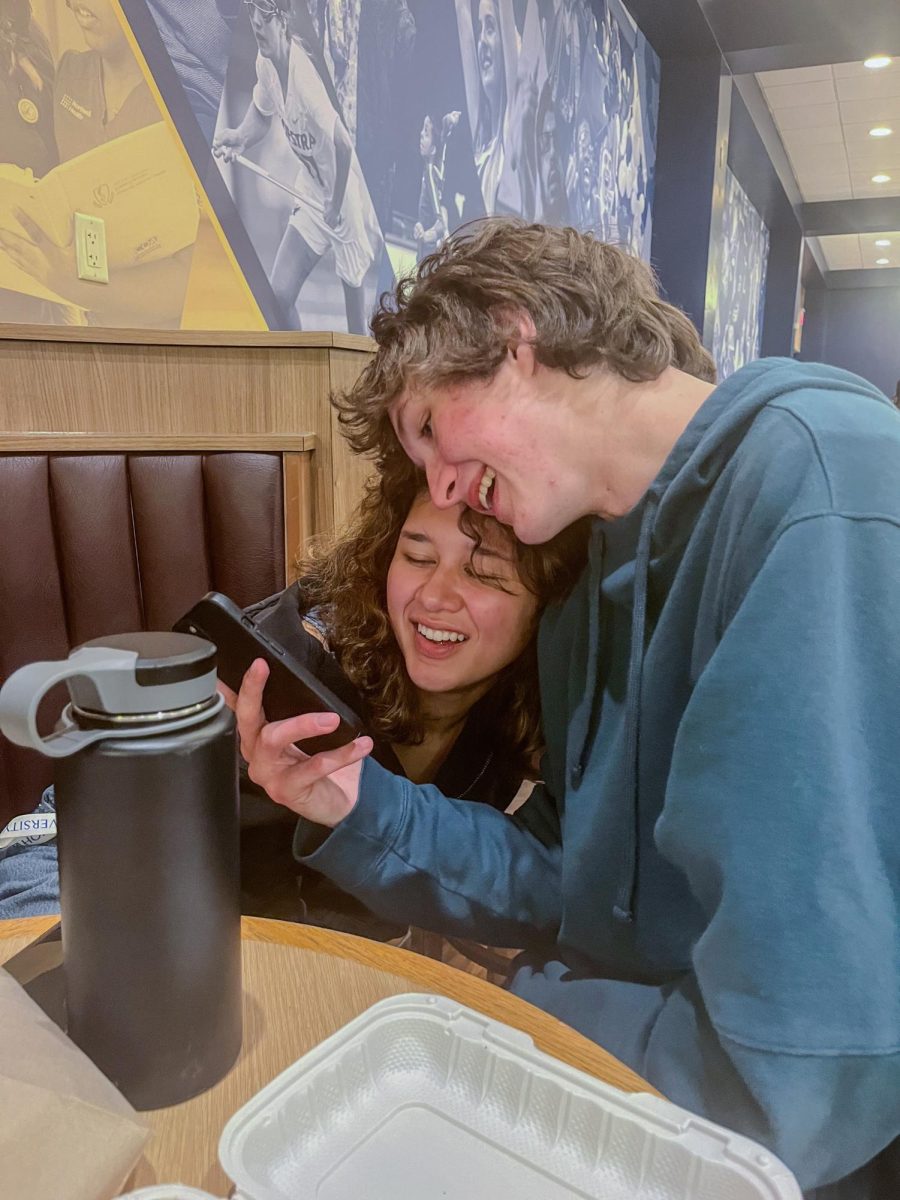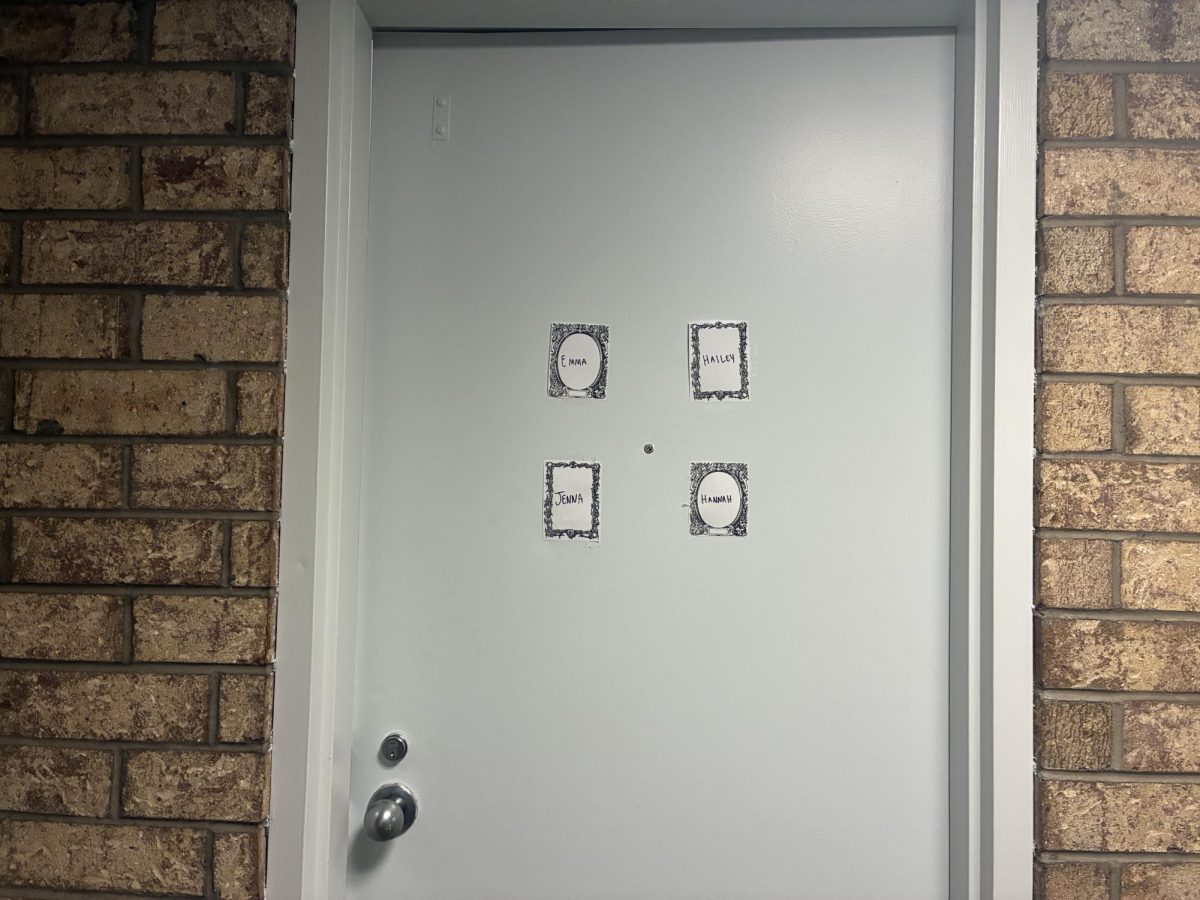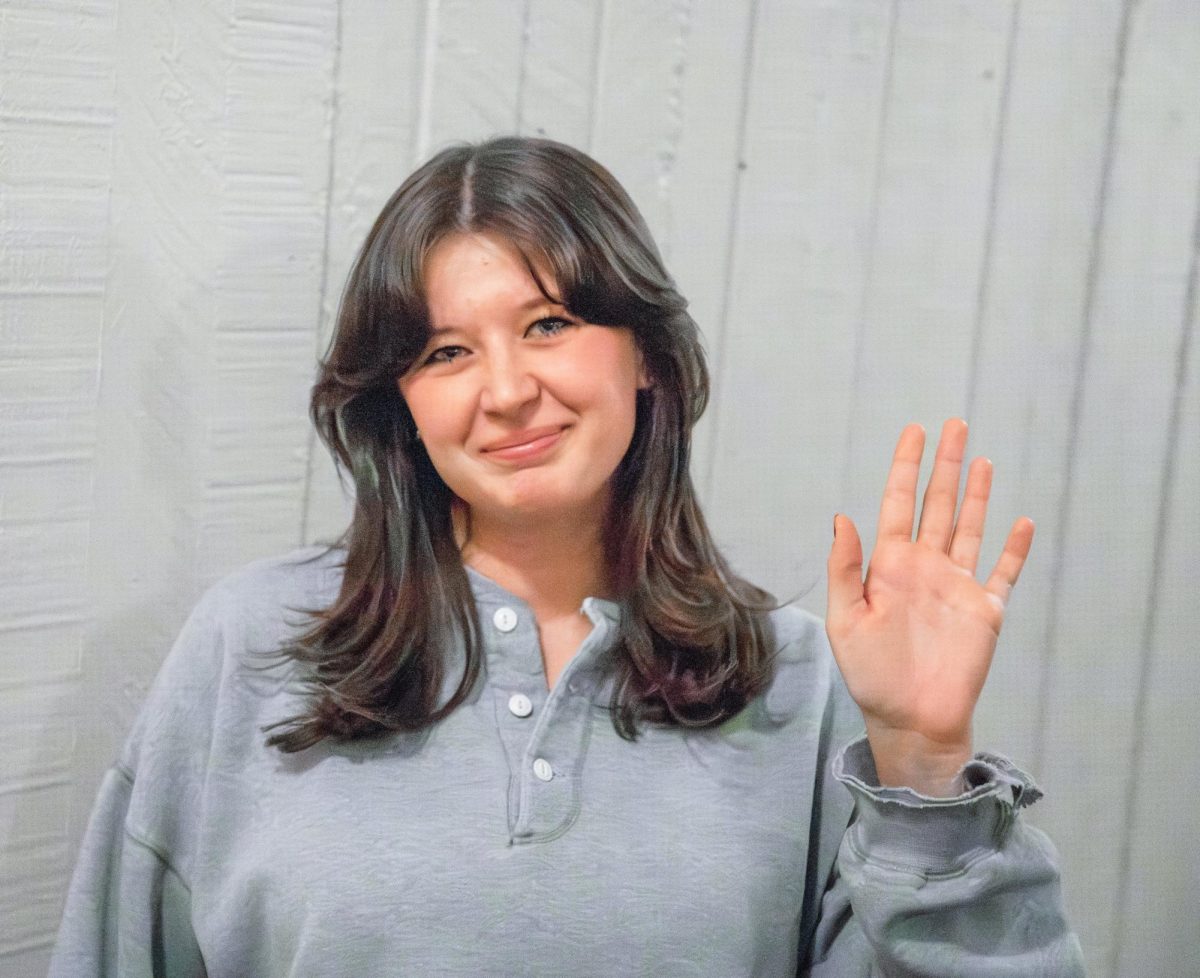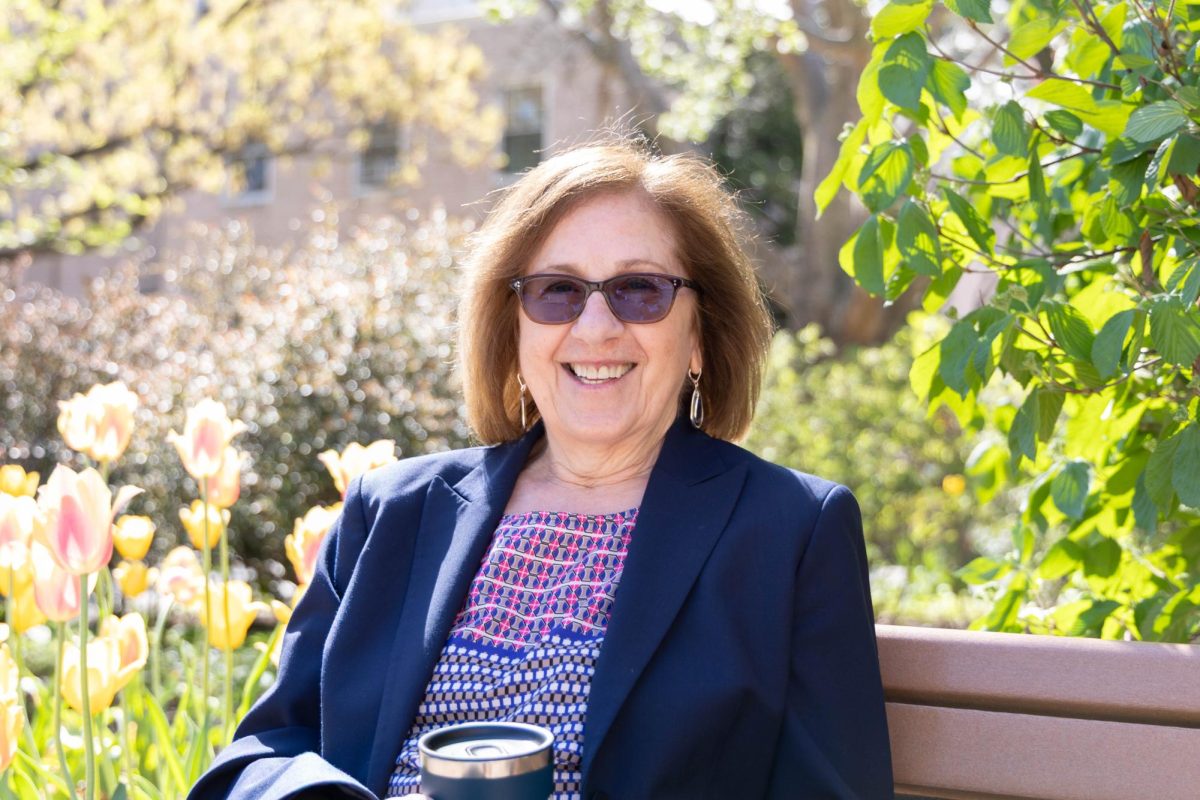By Rachel BowmanASSISTANT FEATURES EDITOR
The current Hofstra undergraduate student was between the ages of two and five years old on the day of Sept. 11, 2001. For current out-of-state students, the memory of the day may only be as vague as flashes on a television screen. As for locals, the day hits closer to home and their memories may be more vivid. For alumni on campus that day, their lives and the Hofstra community were never the same.
“It was the most lucid memory of my college career,” said Jamie Cohen, Program Director of the New Media program at Molloy College and Hofstra alum. Cohen described the communication on campus before the attack as completely different than it is today. Cell phones were still relatively new, and there was no easy access to the internet or apps for news. “There was no way of knowing what was going on except through text message,” he explained.
Cohen had first heard about the event while walking to class with a friend that morning. “Something weird happened,” she said to him while walking from The Netherlands to Breslin Hall. She explained to Cohen that she saw on the news that morning a plane had flown into the World Trade Center.
That first class of the morning for Cohen was canceled. When he had arrived in the classroom his professor stated, “We can’t have class today, we’ve been attacked.” A second plane had hit the World Trade Center. The atmosphere of the classroom turned into distress. “Two kids immediately burst into tears,” Cohen said. Many of the students’ parents worked there.
Cohen left to go meet his friend outside her classroom in Breslin, but she was unable to leave class as her professor had no idea what had happened. He left Breslin to go to Dempster Hall, now The Lawrence Herbert School of Communications, to watch the news on the television screens in the building. At that moment, Cohen watched the first tower fall. “It just sort of exploded,” Cohen described. The moment became very somber, and he even remembers somebody passing out.
Cohen then walked outside of Dempster next to the Benjamin Franklin statue, where he remembers another student turned to him and said, “You know we’re going to war, right?”
“Hofstra had a view,” Cohen said, “Adelphi and Molloy don’t have that.” He went to the top floor of the Constitution residence hall to get a view of the Manhattan skyline. While he was standing there, the second building fell.
He remembered at that moment the journalist on television couldn’t even talk. “We count on journalists to know what to say,” Cohen said. He understood that the reporter’s lack of words truly represented the impact that moment was about to have on the world.
“That’s the moment we were ultra-bonded,” Cohen said. “We knew the world would never be the same.”
The outcome of that day created a community of creative initiatives on campus. “[Students] don’t know how to do things emotionally when we’re taught to compartmentalize things,” Cohen said. The aftermath of the event was impactful, and that year saw the birth of many of today’s current organizations on campus such as The Heat Network.
Cohen has even channeled that creative energy into a fiction book he hopes to publish one day. “People went to a building to watch buildings crumble,” he said, and he wants to share that story in a book.
“We often lose sight of the bigger picture,” Cohen reflected. “My story isn’t special.” Many people in the Hofstra community suffered immense pain and loss that is still felt today.
The community came together at that time, and the culture of America has been forever changed. Cohen shared a final message stating, “No one knows when things are going to happen, we have to do our best to support each other.”

